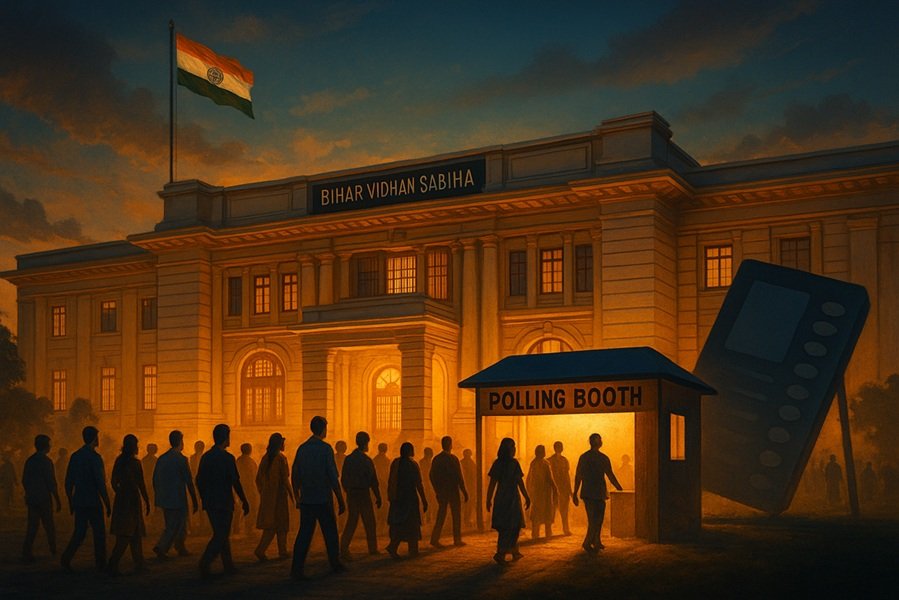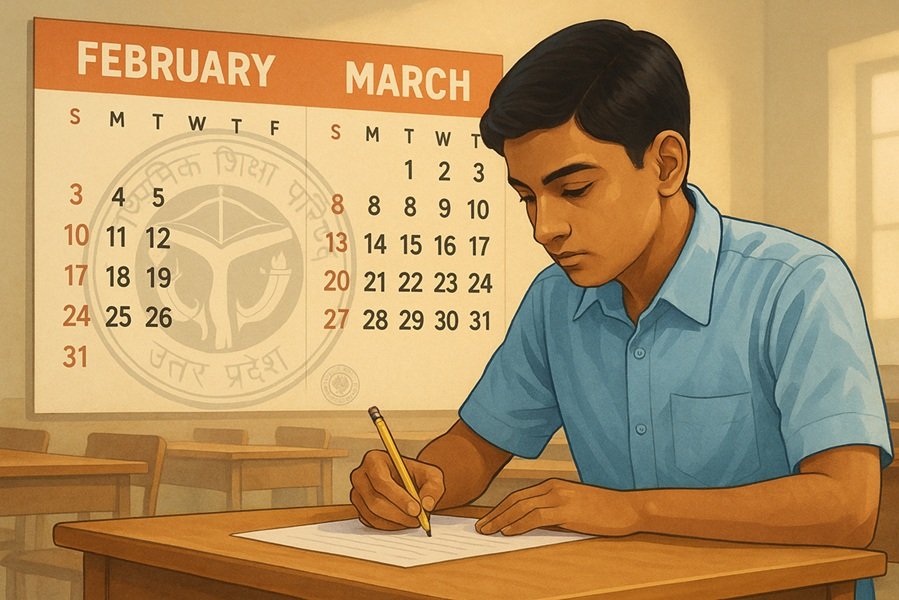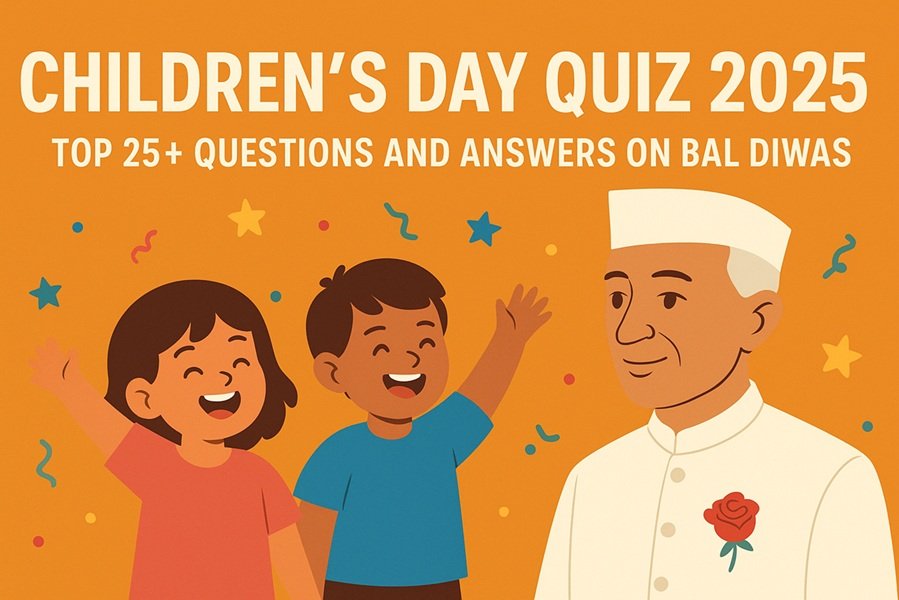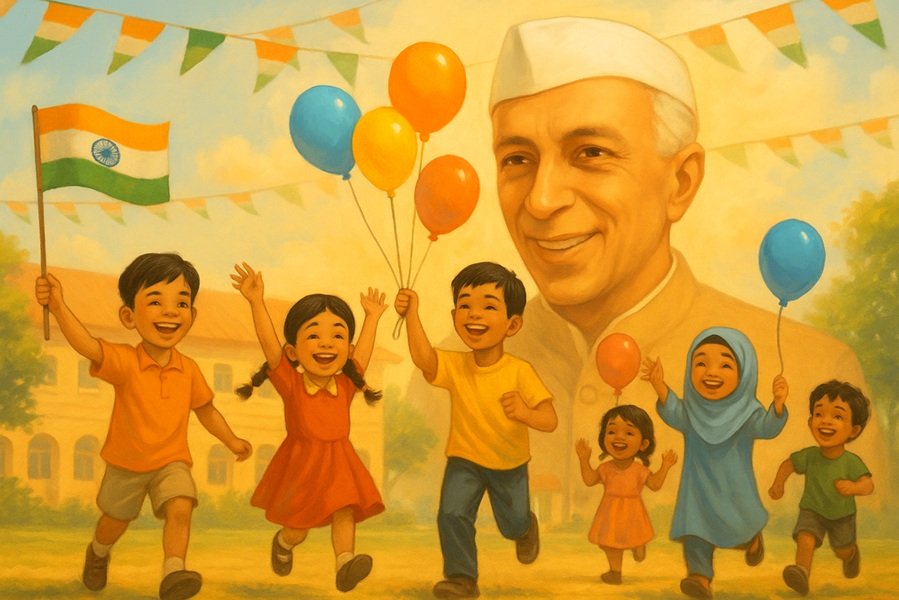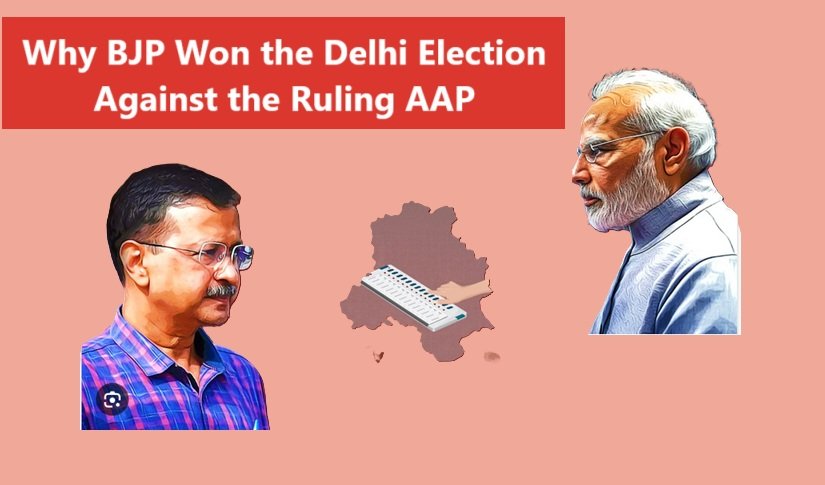
The Bharatiya Janata Party (BJP) has made a historic comeback in Delhi after 27 years, securing a decisive victory in the 2025 Delhi Assembly election. The ruling Aam Aadmi Party (AAP), which had dominated the capital’s politics for a decade, suffered a significant defeat, with Chief Minister Arvind Kejriwal himself losing his New Delhi-40 seat. This shift marks a dramatic change in Delhi’s political landscape. Several key factors contributed to BJP’s success in dethroning AAP.
1. Anti-Incumbency and AAP’s Declining Popularity
One of the primary reasons for BJP’s victory was strong anti-incumbency sentiment against the AAP government. After three consecutive terms, the party faced growing dissatisfaction among the electorate. Issues such as irregular water supply, deteriorating public healthcare facilities, and the unfulfilled promises of free electricity and better infrastructure led to disillusionment among voters. The inability of the AAP government to control corruption allegations within its administration further weakened its credibility.
2. Corruption Allegations and Legal Troubles
AAP faced a major credibility crisis due to multiple corruption allegations, particularly in the Delhi liquor policy scam, which saw arrests of key party leaders. Arvind Kejriwal and several AAP ministers were embroiled in legal troubles, which significantly tarnished the party’s clean governance image. BJP effectively used these scandals in its campaign to highlight the alleged corruption within the ruling party, convincing voters that a change in leadership was necessary.
3. BJP’s Strong Campaign and Leadership
BJP ran a well-structured and aggressive election campaign, focusing on governance, development, and nationalism. The party highlighted the central government’s achievements, such as infrastructure development, the expansion of metro networks, and various welfare schemes directly benefiting Delhi residents. Additionally, BJP’s strong leadership, including direct involvement from Prime Minister Narendra Modi and Home Minister Amit Shah, played a crucial role in mobilizing voters.
4. Shift in Voter Demographics
AAP had traditionally enjoyed strong support from lower-income groups, students, and young voters. However, in this election, BJP successfully expanded its reach among these demographics. The middle class and business communities, previously divided in their support, overwhelmingly voted for BJP due to dissatisfaction with AAP’s governance. BJP’s promises of better law and order, reduced corruption, and enhanced civic amenities resonated well with these voter groups.
5. National Security and Hindu Consolidation Factor
BJP’s narrative around national security, Hindutva, and the ‘Delhi Model of Development’ attracted a significant section of voters. The party focused on strengthening law and order in Delhi, citing incidents of crime and illegal settlements under the AAP government. BJP’s emphasis on protecting Hindu interests and curbing alleged appeasement politics further consolidated its voter base.
6. Decline of Congress and Vote Consolidation
The Congress party, once a dominant force in Delhi politics, continued its decline, failing to make a significant impact. With Congress losing ground, a large section of anti-AAP voters rallied behind BJP, ensuring a decisive victory. Unlike previous elections, where Congress absorbed some of the anti-AAP votes, this time, BJP benefitted from the complete shift in opposition votes.
7. BJP’s Organizational Strength
BJP’s extensive grassroots network, strong presence on social media, and effective booth-level management helped in mobilizing voters efficiently. The party strategically placed its local leaders and workers in every constituency, ensuring that their campaign reached the last mile. The effective use of digital outreach, rallies, and door-to-door campaigns gave BJP an edge over AAP’s relatively defensive election strategy.
Conclusion
BJP’s victory in Delhi after 27 years marks a significant shift in the city’s political dynamics. The combination of anti-incumbency, corruption allegations against AAP, BJP’s strong campaign strategy, and voter consolidation played a crucial role in this outcome. With this win, BJP now has the opportunity to implement its governance model in the national capital, promising to bring stability and long-term development to Delhi. The road ahead for AAP looks challenging as it will need to introspect, rebuild its image, and regain voter trust if it wishes to stage a comeback in the future.
